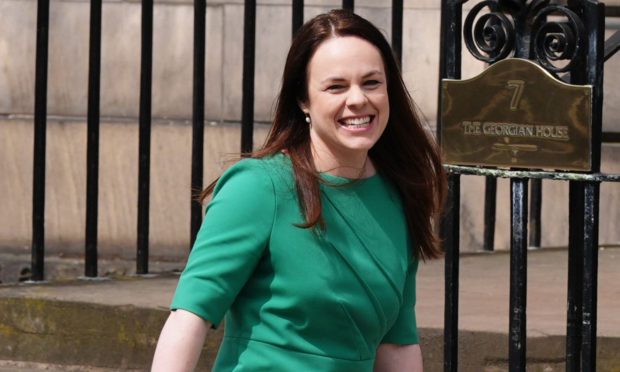The Care Inspectorate has raised a number of concerns following a recent inspection of services for children and young people at risk of harm in the Highlands.
Visits were carried out across a range of services between April and September this year involving interviews with children, parents and carers and staff.
In the report, children at risk of harm means children up to age 18 who need urgent support due to being at risk of harm from abuse or neglect.
Key areas that were identified for improvement involve the support given to older young people, communication between staff and a lack of early intervention.
Areas for improvement
The inspection found immediate responses were more effective for younger children than older ones, with staff more likely to raise concerns about children under five than those over 16.
Senior leaders were found to not be effective at explaining their visions to frontline staff who, as a result, felt their concerns were not being held.
A lack of early intervention and mental health and wellbeing resources was found to be having a significant impact on children and young people, as well as on the capacity of frontline staff to meet their needs.
Children’s experiences of sustained, loving relationships were inconsistent, as were the instances in which they were involved in decisions about their lives.
The Care Inspectorate also found the service was struggling to demonstrate the difference they were making to the lives of children and young people because it was not effectively analysing data.
Following the issuing of the report, an action plan will need to be submitted to the Care Inspectorate outlining how the partnership will make improvements.
The report made note of the fact some parts of the inspection were conducted in the time around a shooting on Skye which had a significant impact on services.
Key strengths
The Care Inspectorate also detailed a number of strengths in its report.
It noted staff across the Highlands reported promptly to concerns raised about children in the majority of cases, even during the pandemic and the restrictions that came with it.
Information sharing and collaborative decision making were found to be effective at keeping children and young people safe when concerns were first raised.
Almost all children and young people interviewed said they felt safe and had an adult they felt comfortable speaking to.
Most staff also said they felt proud of the contribution they are making to improve the wellbeing of young people in the area.
Change to be made
Jackie Irvine, chief executive of the Care Inspectorate, offered some guidance to services needing to improve in light of the report.
She said: “Chief officers in Highland recognise their critical leadership role and have given their commitment to taking forward improvements in the areas identified in this report.

“Their work needs to be supported by a shared approach to decision-making, commissioning and budgeting arrangements. To achieve success, staff from across the range of organisations, including third sector partners, need to be fully engaged in the improvement journey and confident that their voice is heard and their contribution understood.
“There should also be effective mechanisms in place to hear the voices of children and young people, particularly the voices of those at risk of harm, and use them to shape practice and inform strategic planning.
“Governance and reporting frameworks should be strengthened by embedding the recently developed quality assurance strategy and audit cycles and by more effective collection and use of outcomes-based data.”












Conversation